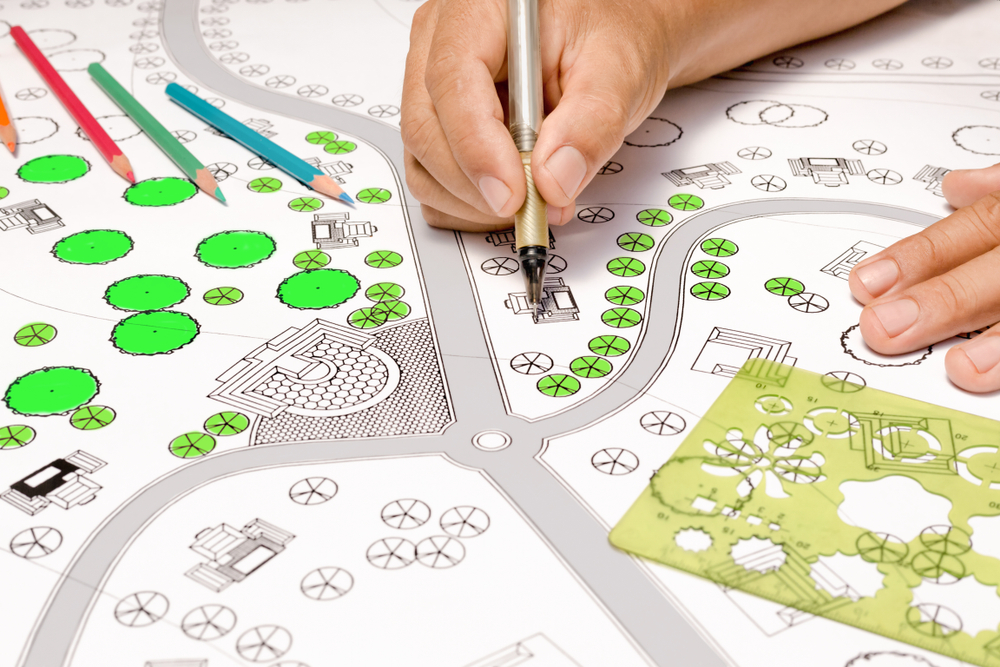
HOA Maintenance Checklist Guide
An HOA maintenance checklist is a critical tool for maintaining the beauty, functionality, and property value of your Louisiana community. As an HOA board member

An HOA maintenance checklist is a critical tool for maintaining the beauty, functionality, and property value of your Louisiana community. As an HOA board member

Living in a community governed by a homeowners association (HOA) offers numerous benefits, such as shared amenities, well-maintained common areas, and a sense of community.

If you’re drawn to organized spaces and an array of community amenities, a master-planned community could be an ideal choice. These communities offer a sense

When you buy a home within a Homeowners Association (HOA) community, you enjoy certain common-area benefits and amenities. However, you also agree to abide by

Letting go of good tenants is never easy. But the fear of a vacant unit, looming like a dark cloud over your property management, can

The future of vehicles is…almost here. “The US is the latest country to pass what’s become a critical EV [electric vehicle] tipping point: 5% of

Homeowners associations (HOAs) are the backbone of many communities, ensuring that neighborhoods are well-maintained and property values preserved. An essential tool in this endeavor is

Homeowners associations (HOAs) play a vital role in maintaining and improving the quality of life in residential communities. However, even the best-intentioned HOA boards can




Please note that maintenance action will be taken in accordance with direction provided by the Association’s Board of Directors.


Have a management question? We'd love to help! Fill out the form below and we'll get to back to you as soon as we can.


Please note that a fee may be charged to your account for pool and gate keys in accordance with Goodwin & Company’s association management contract.